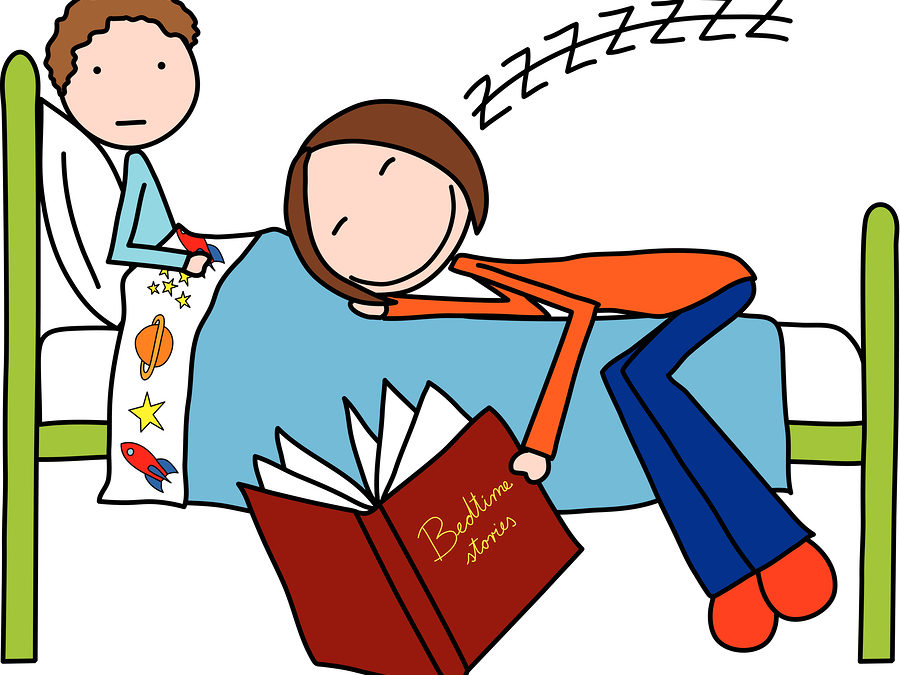1. Avoid exciting activities a few hours before bedtime.
This is not the time to play tickle, video games, or anything else that gets your child excited. Do not let your child watch exciting movies, the news, or sports. If your child is a sports fan, record nighttime games and let him watch them the next day.
2. Get rid of distractions – some kids, including those on the spectrum, are more sensitive to lights, sounds and smells.
- Make sure your child’s bed and door do not creak.
- Consider using shades or curtains to block sound or light.
- Lie in your child’s crib or bed and look around! Make sure there no toys or wall hangings casting scary shadows.
- Use an instrumental or guided-imagery bedtime CD/MP3 to mask sounds while your child falls asleep.
- If your child is sensitive to smells, use un-scented detergents when washing bed linens.
3. Remind kids that bedtime is approaching – don’t take them by surprise!
- This can be as simple as reminding a child as he bushes his teeth, “after your bush your teeth, it will be time to put on pajamas, read a book, turn on your bedtime CD, and go to bed.”
- You can issue another reminder as you read the book, “After we read this book, we will turn on your CD and you can close your eyes while you listen and go to sleep.”
- You might look outside and remark, “It is getting dark… almost time for bed!”
- For some children, especially autistic and non-verbal children, a visual schedule may prove invaluable in helping your child comprehend what is going to happen next.
A visual schedule is a series of illustrations that what is going to happen. For example, you can print out a series of three or more pictures that show your child’s bedtime process:
As you go through each step in the process, point to the picture and remind your child what he is doing now and what he is going to do next.
These pictures are very easy to find online. They can be very helpful to help children cope with the transitions associated with bedtime. Children, like most people, feel more secure when they know what is going to happen next.
4. Invest in a few high-quality bedtime CD/MP3s designed especially for your child’s age group. The right bedtime tool can:
- Make bedtimes predictable and reassuring
- Help mask other sounds that may make it difficult to fall asleep.
- Give your child something to listen to as she fall asleep
- Lull your child to sleep
- Teach her skills such as how to relax, have a ‘calm body’, and deal with stressful situations
Airy Melody Music has several guided-meditation CD/MP3s that have a proven track record with children, including autistic children or children with Aspergers. They are carefully screened by experts to make sure the meditations and relaxation exercises are age-appropriate, and have soothing background music designed to help children relax.
If your bedtime issues seem particularly severe, consider getting an opinion from an expert such as your child’s pediatrician or ABA therapist. And remember, whatever is going on, it will not always be this way.

